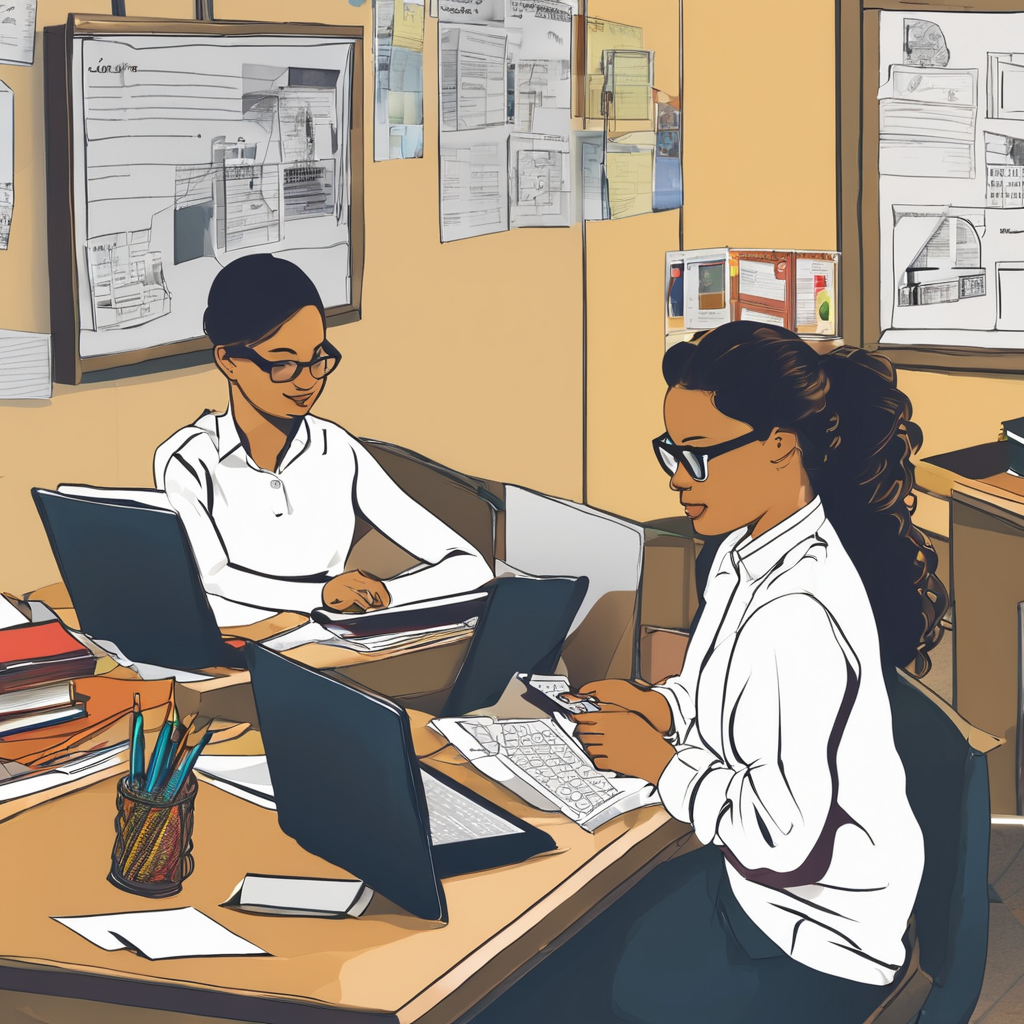Teachers play a crucial role in educating and engaging students in the classroom. With the rapid advancement of technology, educators have a powerful tool at their disposal to enhance class engagement and improve learning outcomes. By incorporating various tech tools and resources into their teaching strategies, teachers can create interactive and dynamic learning environments that cater to the diverse needs of students.
One effective way teachers can use technology to improve class engagement is by incorporating multimedia elements into their lessons. Utilizing videos, images, and interactive presentations can help capture students’ attention and make learning more engaging and memorable. Visual aids can also help clarify complex concepts and cater to different learning styles, ensuring that all students have the opportunity to grasp the material.
Another way technology can enhance class engagement is through the use of online collaboration tools. Platforms like Google Classroom, Microsoft Teams, and Slack enable teachers to create virtual classrooms where students can interact, collaborate on projects, and engage in discussions. These tools promote active participation and foster a sense of community among students, even in remote learning environments.
Interactive whiteboards and educational apps are also valuable tools for teachers looking to boost class engagement. Interactive whiteboards allow teachers to create dynamic presentations, annotate content, and facilitate interactive lessons that keep students actively involved. Educational apps, on the other hand, provide a fun and interactive way for students to practice skills, engage with course material, and receive instant feedback on their progress.
Gamification is another effective strategy for using technology to improve class engagement. By incorporating game elements such as points, badges, and leaderboards into their lessons, teachers can motivate students, increase participation, and make learning more enjoyable. Gamified activities can help foster a sense of competition and drive students to actively engage with the material.
Virtual reality (VR) and augmented reality (AR) are cutting-edge technologies that hold great potential for enhancing class engagement. With VR headsets and AR apps, teachers can create immersive learning experiences that transport students to different time periods, locations, or scenarios. These technologies make learning more interactive and experiential, allowing students to explore concepts in a hands-on way.
Social media platforms can also be leveraged by teachers to improve class engagement. By creating class-specific social media groups or channels, teachers can facilitate discussions, share resources, and encourage collaboration among students outside of the classroom. Social media can also be used to showcase student work, celebrate achievements, and build a sense of community among classmates.
Personalized learning platforms and adaptive software are valuable tools for teachers seeking to cater to individual student needs and preferences. These technologies use algorithms and data analytics to tailor learning experiences to each student’s unique strengths, weaknesses, and learning pace. By providing personalized feedback and adaptive content, teachers can ensure that students remain engaged and challenged at their appropriate level.
Online polling and survey tools are effective for gauging student understanding, soliciting feedback, and promoting class participation. Platforms like Poll Everywhere, Mentimeter, and Kahoot allow teachers to create interactive polls, quizzes, and surveys that can be accessed by students in real-time. These tools encourage active engagement, provide valuable insights into student comprehension, and promote a two-way dialogue between teachers and students.
In conclusion, technology offers a myriad of opportunities for teachers to enhance class engagement and create dynamic learning environments. By incorporating multimedia elements, online collaboration tools, interactive whiteboards, gamification, VR/AR technologies, social media platforms, personalized learning tools, and online polling/survey tools into their teaching strategies, educators can foster active participation, cater to diverse learning styles, and improve learning outcomes for all students. Embracing technology in the classroom not only enhances engagement but also prepares students for success in an increasingly digital world.
